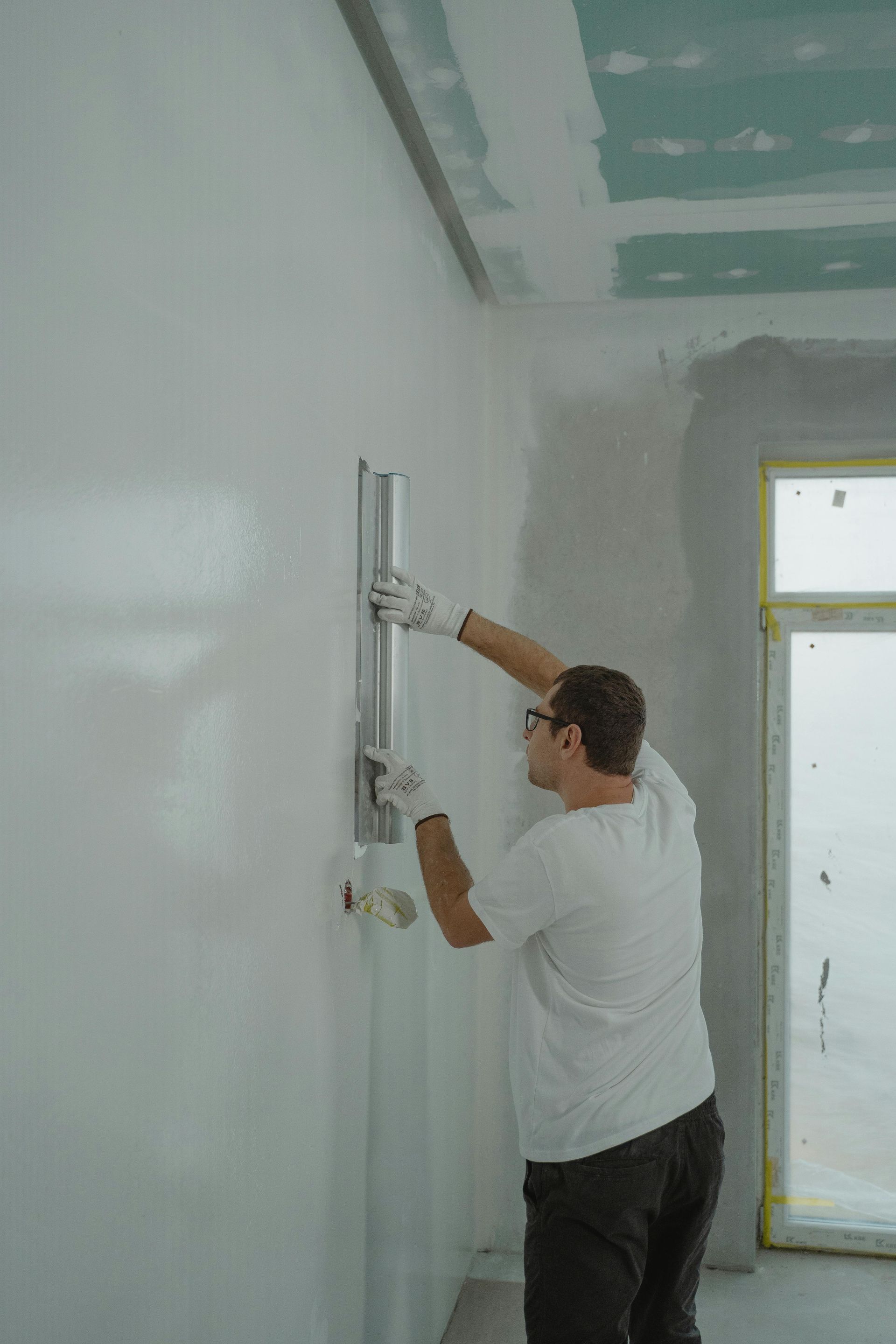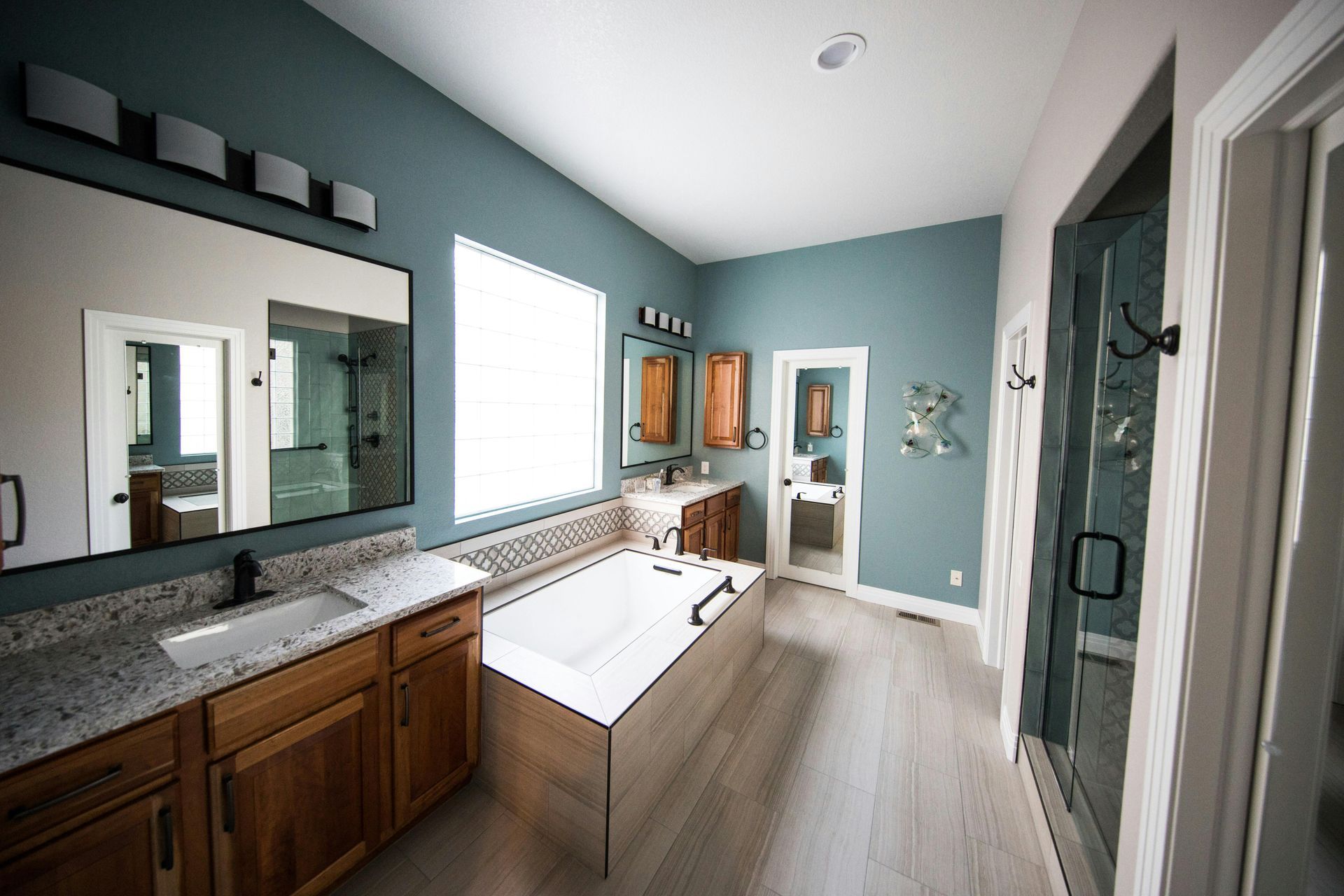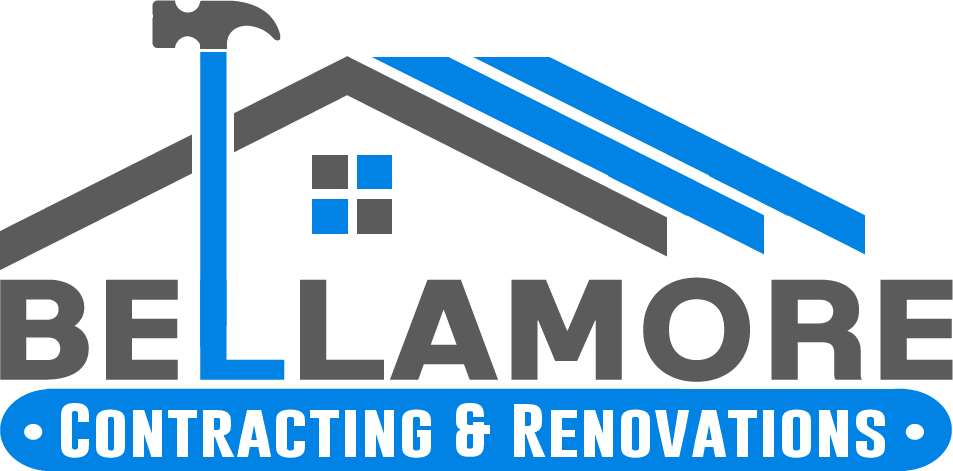Licensed (#RBC-21-01654) & Insured
Local References Available Upon Request
Licensed (#RBC-21-01654) & Insured | Local References Available Upon Request
Optimizing Commercial Kitchens for Performance and Efficiency
A well-designed commercial kitchen is the backbone of any successful food service operation. Whether it’s a bustling restaurant, a high-volume catering business, or a specialty bakery, the layout and efficiency of a kitchen determine the overall functionality and productivity. From the arrangement of workstations to the integration of smart technology, a commercial kitchen should be designed to enhance workflow, maintain safety, and comply with health regulations while maximizing output and quality.
Understanding the Needs of Your Commercial Kitchen
Every food service business has unique kitchen requirements. Assessing the available space, type of cuisine, volume of service, and specific equipment needs is the first step in creating an optimized kitchen. A fine dining restaurant may require multiple cooking stations and intricate plating areas, while a catering operation benefits from expansive prep space and high-capacity ovens. Factoring in the business model, customer volume, and menu complexity ensures that the kitchen design supports operational efficiency and staff productivity.
Health and safety compliance should be a priority in any commercial kitchen design. Regulations dictate everything from sanitation standards to fire safety measures, ensuring food is handled and prepared in a clean and controlled environment. Strategic kitchen design allows for clear separation between raw ingredient handling, cooking, and plating to prevent cross-contamination. It also includes easy access to handwashing stations, proper waste disposal systems, and temperature-controlled storage to maintain food safety.
Key Components of a Functional Commercial Kitchen
An efficient commercial kitchen is divided into well-defined areas, each serving a specific purpose. Prep stations provide adequate space for chopping, slicing, and assembling ingredients before cooking begins. A well-organized prep area contributes to faster service times and consistency in food preparation.
Storage solutions should accommodate dry goods, perishables, and cooking tools in an organized manner. Walk-in refrigerators, freezer units, and shelving units keep ingredients fresh and accessible while maximizing space. Smart inventory management can help track supply levels and minimize waste.
Cooking stations must be equipped with the right appliances to handle the kitchen’s demand. High-powered stoves, convection ovens, deep fryers, and industrial grills should be arranged to streamline the cooking process while allowing chefs to move seamlessly between tasks. Heat-resistant, easy-to-clean surfaces enhance efficiency and durability in high-traffic areas.
Cleaning stations are essential to maintaining hygiene and ensuring compliance with health regulations. Commercial dishwashers, deep sinks, and sanitizing stations should be easily accessible, allowing staff to clean and sterilize kitchen tools and dishes throughout service hours. Non-slip flooring and proper drainage prevent accidents and create a safer work environment.
Efficient Kitchen Layouts for Maximum Productivity
An effective kitchen layout minimizes unnecessary movement and enhances workflow. The assembly line layout is commonly used in fast-food and quick-service restaurants, where each station handles a specific part of the food preparation process. This method maximizes efficiency and ensures that meals are prepared quickly and consistently.
The island layout places cooking equipment at the center, with prep stations and storage surrounding it. This setup allows chefs to collaborate easily and is ideal for open-concept kitchens where food is prepared in front of guests.
A zone layout segments the kitchen into specialized areas such as prep, cooking, baking, and plating. This design reduces congestion and ensures that each task is carried out efficiently, making it suitable for full-service restaurants with diverse menu offerings.
A galley kitchen layout maximizes space by arranging stations along parallel walls. This setup is ideal for smaller commercial kitchens where efficiency is key. It allows chefs to move quickly between stations while keeping everything within reach.
Ensuring Compliance with Health and Safety Regulations
A commercial kitchen must adhere to strict health and safety regulations to maintain food quality and avoid legal issues. Proper ventilation is crucial to remove smoke, steam, and airborne grease, improving air quality and reducing fire hazards. Exhaust hoods and filtration systems should be installed to meet regulatory standards and enhance employee comfort.
Sanitation is another critical aspect of commercial kitchen compliance. Handwashing stations should be strategically placed throughout the kitchen, ensuring that staff members can maintain proper hygiene. Surfaces should be made of non-porous, easy-to-clean materials that resist bacteria buildup. A clear separation between raw food prep and cooked food areas prevents cross-contamination and upholds food safety standards.
Fire suppression systems, emergency exits, and clear protocols for handling kitchen fires are necessary to comply with safety regulations. Staff training on fire safety and first aid can further improve workplace preparedness in case of emergencies.
The Role of Ventilation and Airflow in Commercial Kitchens
Ventilation systems play a significant role in maintaining a safe and comfortable work environment. Proper air circulation prevents excessive heat buildup and eliminates cooking odors. High-performance exhaust fans, make-up air units, and air conditioning systems ensure that the kitchen remains cool and breathable, even during peak service hours.
Temperature control is essential for food storage and employee comfort. Refrigeration units must be properly maintained to ensure that perishable ingredients remain at safe temperatures. Cooling solutions for hot kitchens, such as ceiling fans or HVAC systems, enhance working conditions and prevent heat exhaustion among staff.
Technology Integration for a Modern Commercial Kitchen
Advancements in kitchen technology have revolutionized food service operations. Smart appliances with programmable settings and automated cooking features improve consistency and reduce human error. Precision cooking tools such as sous vide machines, induction burners, and high-speed ovens enhance efficiency while maintaining food quality.
Digital inventory management systems streamline ordering and tracking supplies, reducing food waste and ensuring that ingredients are always in stock. Cloud-based point-of-sale (POS) systems allow seamless integration between the kitchen and the front-of-house staff, optimizing order accuracy and communication.
Automated monitoring systems provide real-time alerts for equipment malfunctions, temperature fluctuations, and maintenance needs, allowing businesses to prevent costly breakdowns and ensure compliance with food safety regulations.
Customizing a Commercial Kitchen for Your Business Model
Each food service operation requires a unique kitchen setup. Restaurant kitchens should be designed to accommodate the menu style and dining experience. Fine dining establishments often include designated plating areas and high-end cooking equipment, while fast-casual restaurants prioritize speed and efficiency with streamlined cooking stations.
Catering and event kitchens need ample space for bulk food preparation, large-capacity ovens, and storage for event-specific equipment. Ghost kitchens and delivery-only operations focus on maximizing output with efficient order fulfillment and delivery coordination.
Specialty kitchens, such as bakeries and pizzerias, require custom layouts to accommodate specialized equipment like proofing cabinets, stone pizza ovens, and dough mixers. Designing the kitchen to match the business’s core function ensures seamless operation and high-quality output.
Sustainability and Energy Efficiency in Commercial Kitchens
Sustainability is a growing focus in commercial kitchen design. Energy-efficient appliances, LED lighting, and water-saving dishwashing systems reduce utility costs while minimizing environmental impact. Recycling programs, composting food waste, and eco-friendly cleaning solutions contribute to a greener kitchen operation.
Sustainable materials such as recycled stainless steel, bamboo countertops, and low-VOC paints create a healthier kitchen environment. Investing in energy-efficient ventilation systems helps businesses cut down on energy consumption while maintaining proper air quality.
Maintaining and Upgrading Your Commercial Kitchen
Regular maintenance ensures that a commercial kitchen operates at peak efficiency. Scheduled inspections of appliances, ventilation systems, and plumbing prevent costly repairs and prolong equipment lifespan. Keeping a well-documented maintenance log helps track necessary upgrades and compliance with industry regulations.
Upgrading kitchen technology and equipment over time keeps the kitchen competitive and efficient. As businesses grow, redesigning the layout to accommodate increased demand ensures continued productivity and smooth service flow.
The Impact of a Well-Designed Commercial Kitchen
A commercial kitchen is more than just a space for preparing food—it is a carefully designed environment that supports operational efficiency, employee safety, and food quality. Investing in a well-structured kitchen layout with modern technology and compliance with safety regulations leads to better service, faster turnaround times, and improved customer satisfaction.
Optimizing a commercial kitchen is a strategic investment that pays off in enhanced workflow, reduced operational costs, and a better working environment for staff. Whether running a high-end restaurant or a fast-paced catering business, a well-designed kitchen is essential for long-term success in the food service industry.










